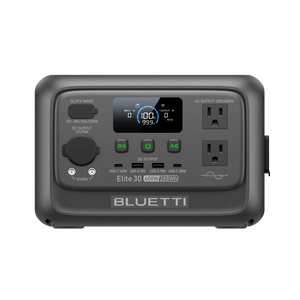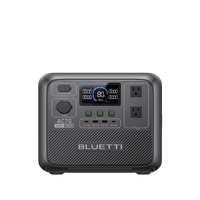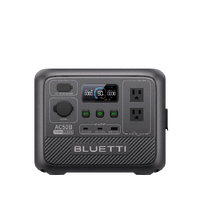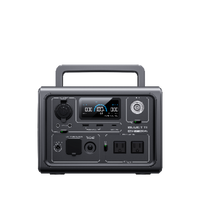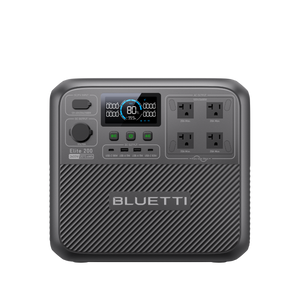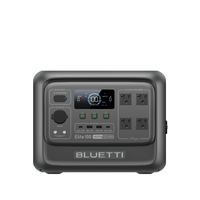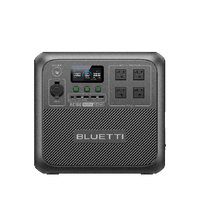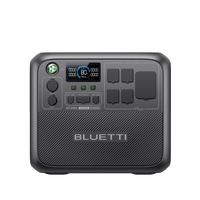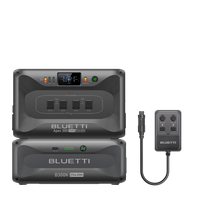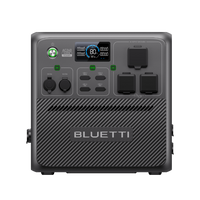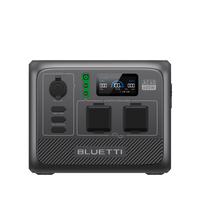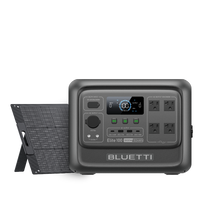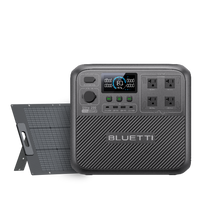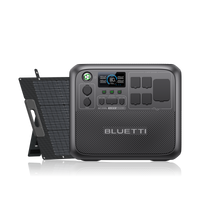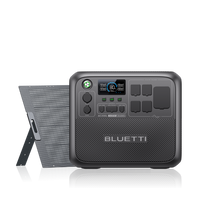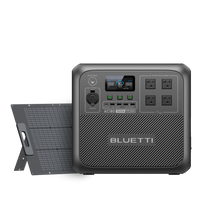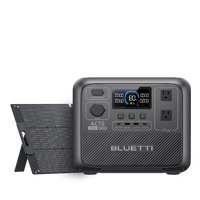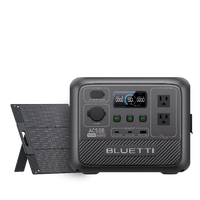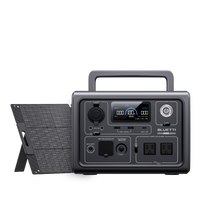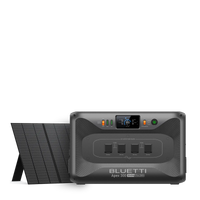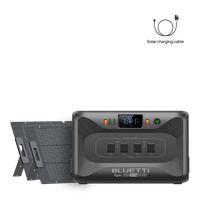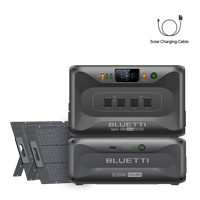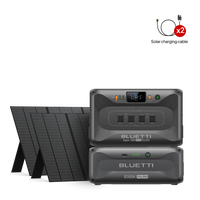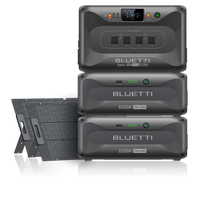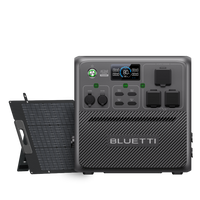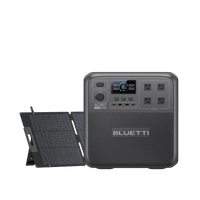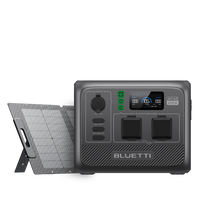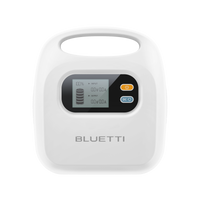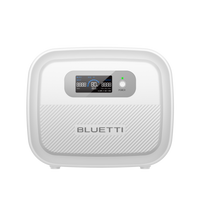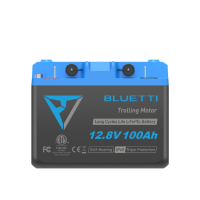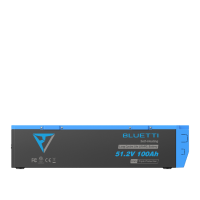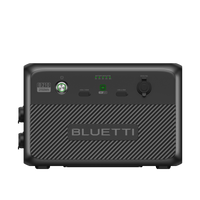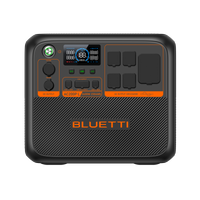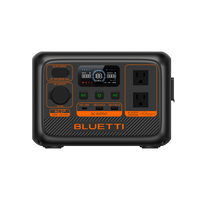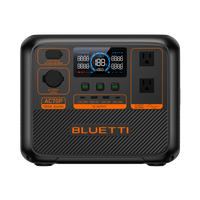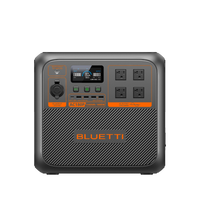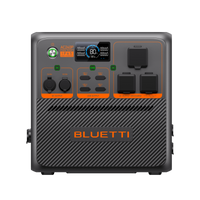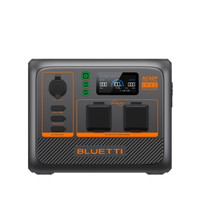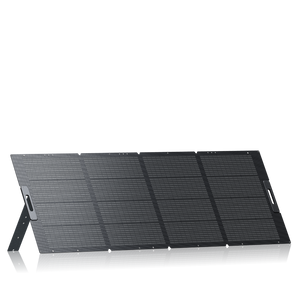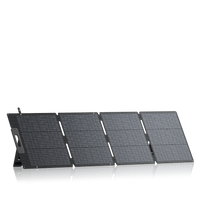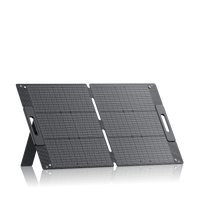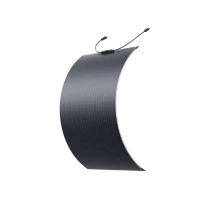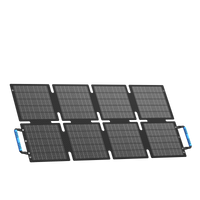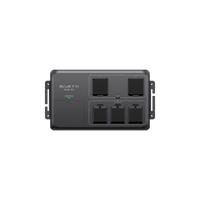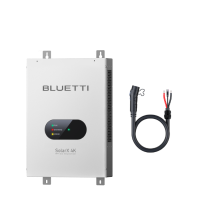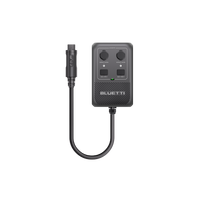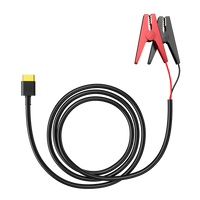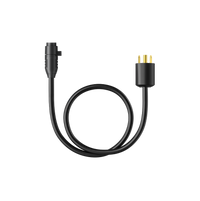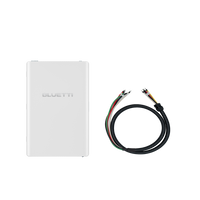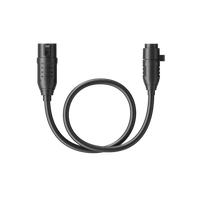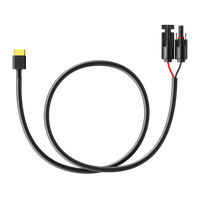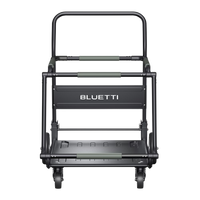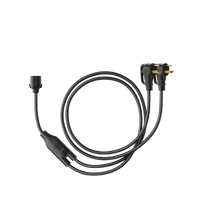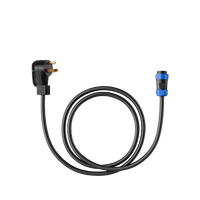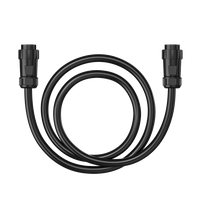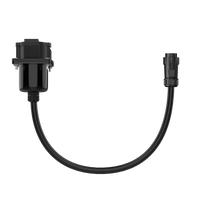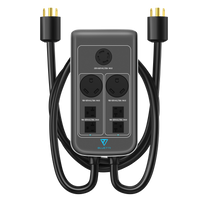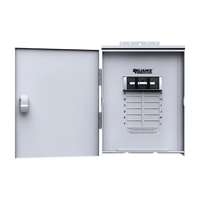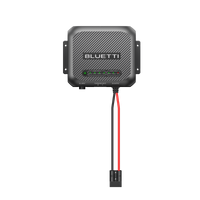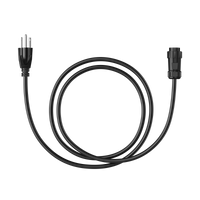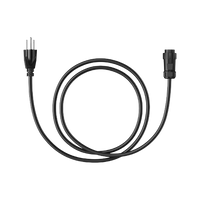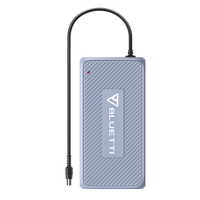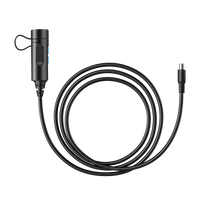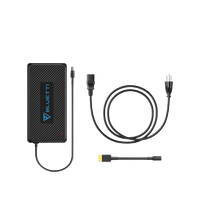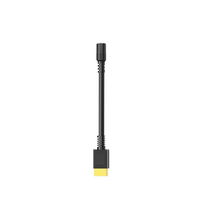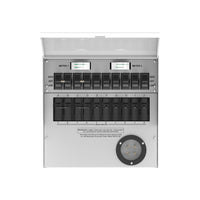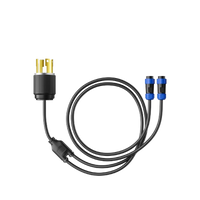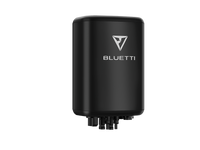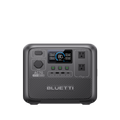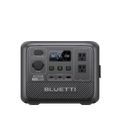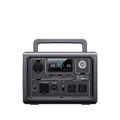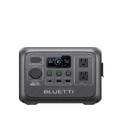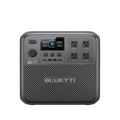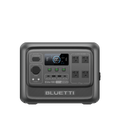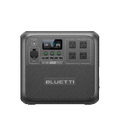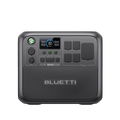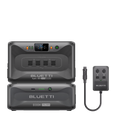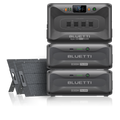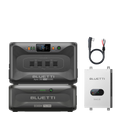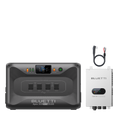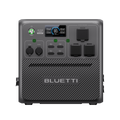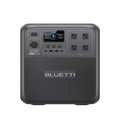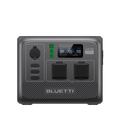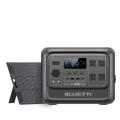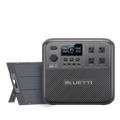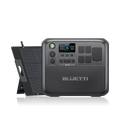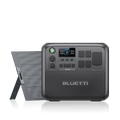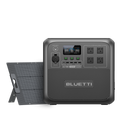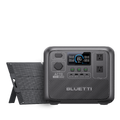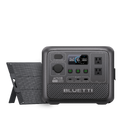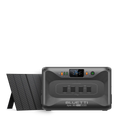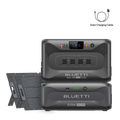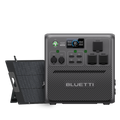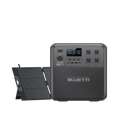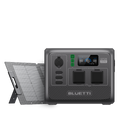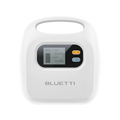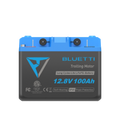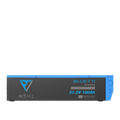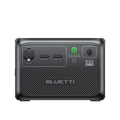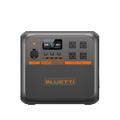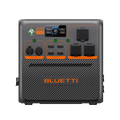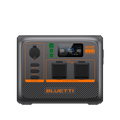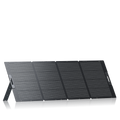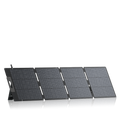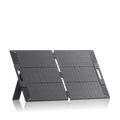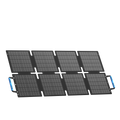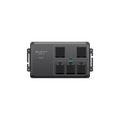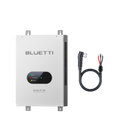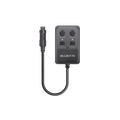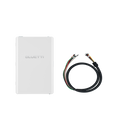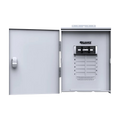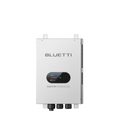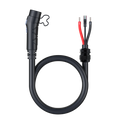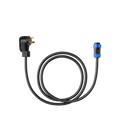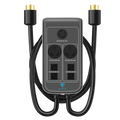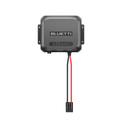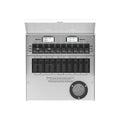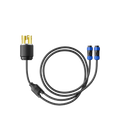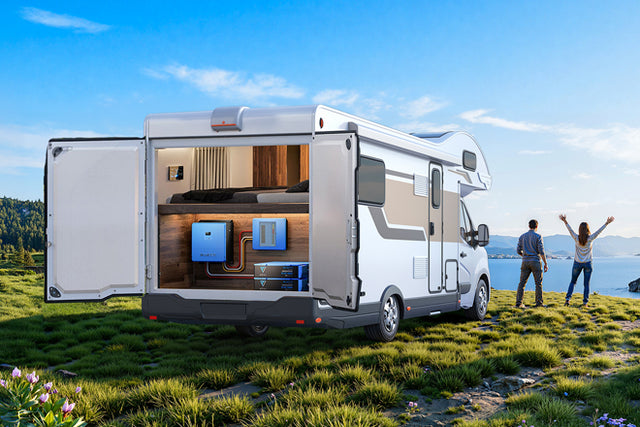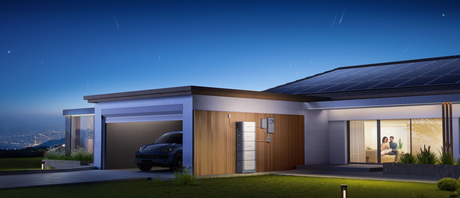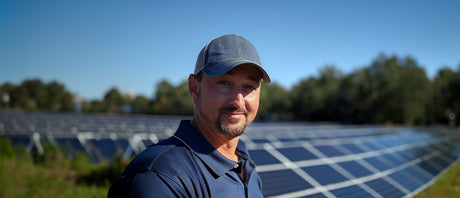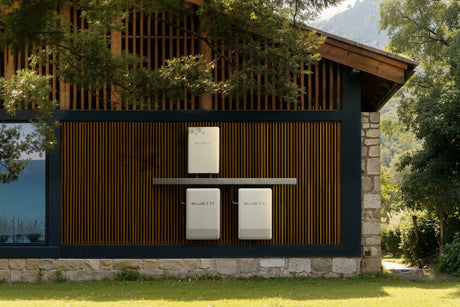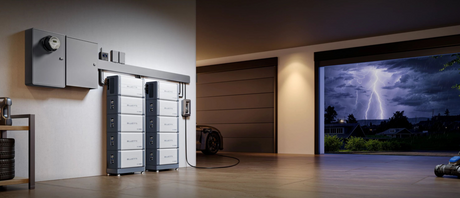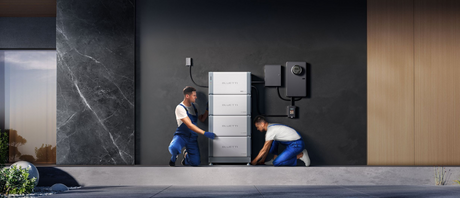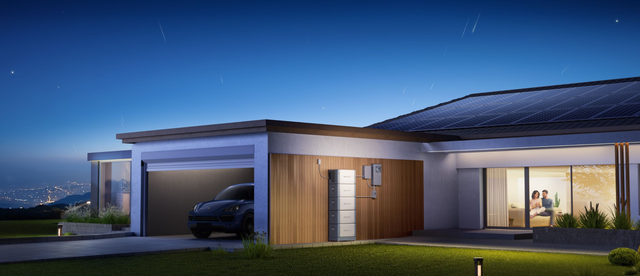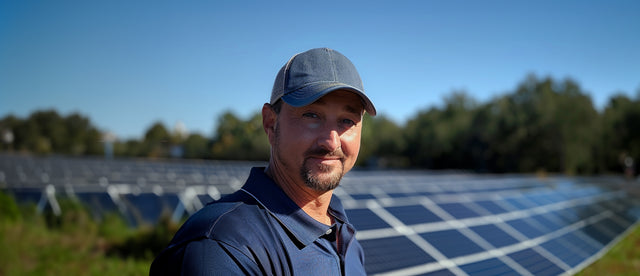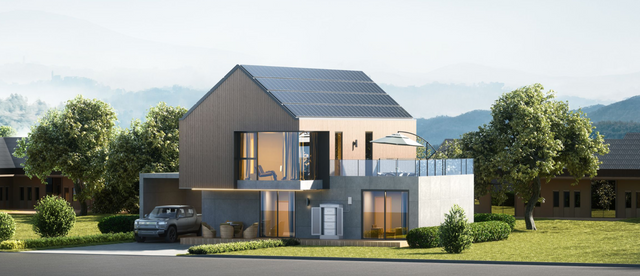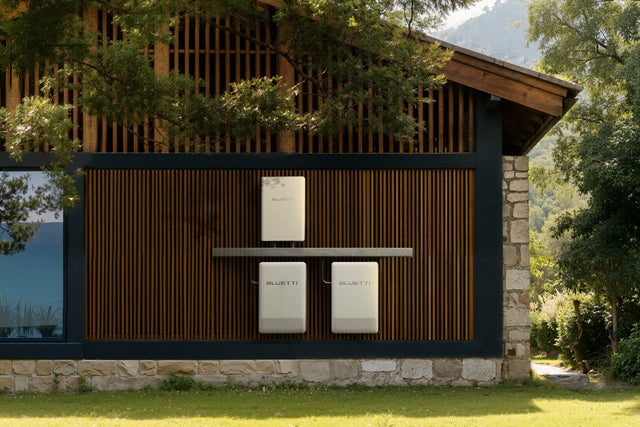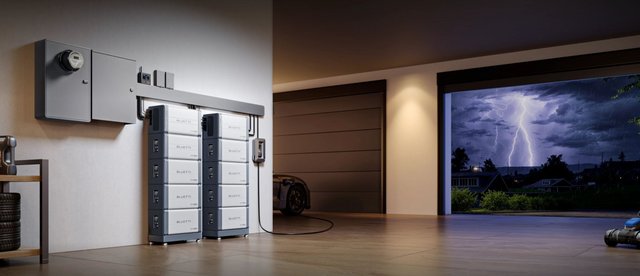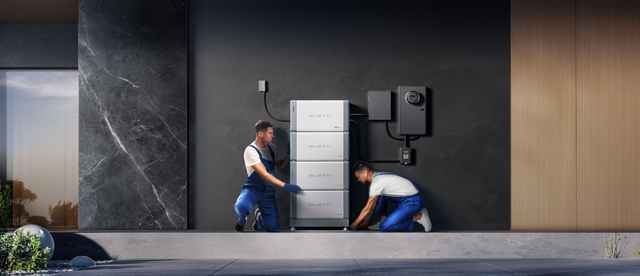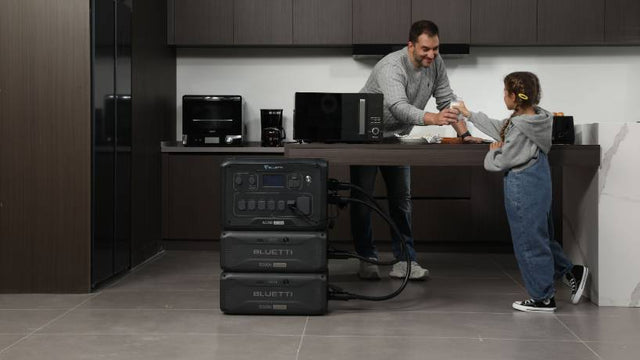Your cart is empty
Shop our productsGoing solar can be a great decision for many homeowners looking to save money in the long run. A 6.6 kW solar system can provide great energy savings and make your home a more sustainable and environmentally friendly space. In this article, we will discuss how much a 6.6 kW solar system will save you, the upfront cost involved, the long-term savings, and more. Additionally, we'll also explore the steps involved in planning, installing, and maintaining your own 6.6 kW solar system. With this information, you can get a better idea of the potential financial benefits of going solar and decide whether or not this is the right move for your home.
How Much Will A 6.6 KW Solar System Save Me?
Installing a 6.6 KW solar system is one of the best ways to save money on your electricity bill. With a 6.6 KW system, you can generate up to 20,000 kilowatt-hours of electricity each year. This is enough to power most households for a full year, and could save you thousands of dollars in electricity costs. If you are considering going solar, a 6.6 KW system is one of the best ways to maximize your savings.
The amount of money you will save depends on several factors, such as the amount of electricity you use each month, the cost of electricity in your area, and how much sunlight you get. Generally, the more electricity you use, the more money you will save with a 6.6 KW system. It's important to note that if you live in an area with limited sun exposure, a 6.6 KW system might not be the best choice for you.
The other factor to consider is the cost of the system itself. A 6.6 KW system typically costs around $15,000 to install. This may seem like a lot of money, but when you account for the savings on your electricity bill over the years, it can actually be a great investment. Additionally, most solar companies offer financing options, so you may be able to install a solar system without paying the full cost upfront.
With a 6.6 KW solar system, you can save money on your electricity bill each month. Plus, you can reduce your carbon footprint and help the environment by using clean, renewable energy. If you want to maximize your savings, make sure you do your homework and find the best solar company and system for your needs.

How to Estimate Your Own Potential Savings With a 6.6 kW Solar System
A 6.6 kW solar system can be an excellent investment, providing homeowners with significant potential savings on their electricity bills. To estimate how much you could save by installing a 6.6 kW solar system, you should consider a few key factors.
The first factor is the amount of solar energy that can be collected by your solar panels. This will depend on your house’s location, the amount of sunlight it receives, and the size and orientation of your roof. A site survey should be conducted to determine the exact amount of solar energy that can be collected, as this will determine the size of the solar system you will need.
The second factor is the amount of electricity your household uses. Use your electricity bill for the past year and calculate your average annual electricity usage. This will give you an idea of how much electricity you need to generate and how much solar energy you need to provide it.
The third factor is the cost of the solar system and the cost of installation. The cost of the solar system can vary greatly depending on the size, type, and quality of the system. You should also factor in any local incentives, such as tax credits or rebates, that can reduce the cost of the system.
you should consider the long-term savings you can achieve with a 6.6 kW solar system. By installing a 6.6 kW system, you can save thousands of dollars in electricity bills over a span of up to 25 years. The total savings you can expect to make depends on the amount of solar energy collected and the amount of electricity your home consumes.
By taking a few simple steps, you can estimate your potential savings when you install a 6.6 kW solar system. With the right amount of solar capacity and an energy-efficient household, you can enjoy significant savings on your electricity bills for many years to come.

Average Cost of Panels and Installation
The cost of a 6.6 kW solar system will vary depending on the size of your roof, the type of panel you select, the current energy use, and the efficiency of the solar system. In general, the total cost of installation and purchasing the panels for a 6.6kW system will range from $11,900 to $17,000 or more, depending on the factors listed above.
The cost of the solar panels themselves will range from approximately $2.50 to $3.50 per watt. This means that the panels for a 6.6 kW system will range from around $16,500 to $23,100. Installation costs will vary depending on the complexity of the system design, the type of roof, and the geographic location. According to the U.S. Department of Energy, the average cost of installation for a 6.6kW system is around $4,500.
The cost of a solar system is not just the upfront cost, but the long-term savings that come with investing in a solar system. Depending on the size of your roof and energy use, a 6.6 kW solar system could save you thousands of dollars over its lifetime. Solar panels require very little maintenance and can last for up to 25 years, meaning the savings will continue for years.
When deciding on the size of your solar system, you should consider your utility costs, your energy needs, and local incentives. Some states and localities offer incentives that can significantly reduce the cost of installing a solar system. It’s important to do your research and speak with experienced professionals to determine what type of system best suits your needs and budget.
Tax Breaks and Incentives
Investing in a 6.6 kW solar system can be a worthwhile investment, thanks to the available tax breaks and incentives. Depending on where you live, you may qualify for an energy audit credit or a solar energy rebate. Federal tax credits can provide homeowners with up to 30 percent of the cost of their solar energy system, doing away with a substantial amount of the system's costs. Furthermore, many cities and states are offering solar energy rebates that can reduce the price of the system significantly.
Many electric utilities also offer incentives to customers who invest in solar energy systems. By buying a 6.6 kW solar system, you may be eligible for substantial discounts on your utility bill. These discounts can add up to a considerable amount of money over the lifetime of the system.
In some cases, you may even qualify for a solar energy loan. This type of loan can help you cover the cost of the system and provides a number of advantages, such as low interest rates and flexible repayment terms. With a loan, you can also benefit from any rebates or incentives that may be available.
you may be eligible for a net metering program. This type of program allows you to sell the excess energy produced by your 6.6 kW solar system back to the utility company. This can help offset some of the cost of the system, reducing your annual energy bills.
With tax breaks, incentives, and loan options, installing a 6.6 kW solar system can be a great way to save money while also reducing your carbon footprint. Be sure to research all available incentives and tax credits to make sure you get the best deal possible on your solar system.

Factors That Influence Savings With A 6.6 kW Solar System
A 6.6 kW solar system can provide many benefits for homeowners, including saving money on their electricity bills. However, exactly how much they save depends on a variety of factors. The size and orientation of the solar panels relative to the sun, the amount of shade that falls on the system, and the electricity rate from the utility company can all affect the amount of savings.
The size and orientation of the solar panels have a big impact on the amount of electricity they can generate. For example, if the panels are not placed directly at the optimum angle with respect to the sun, the amount of electricity generated may be reduced. Additionally, the amount of available sunlight plays a role, with a solar system in a shaded area generating less electricity than one in an area with abundant sunlight.
The electricity rate from the utility company also impacts the savings. Depending on the rates charged by the utility, it may be more beneficial to install a larger solar system than a smaller one. For example, if the electricity rate is higher, then a larger solar system will help to offset more of the overall electricity costs.
it’s important to factor in the initial cost of the solar system, as well as any maintenance and repair costs that may be incurred over the life of the system. These costs may be offset by incentives offered by local, state, or federal programs, and should be factored into the savings from the solar system.
With all of these considerations in mind, it’s possible to estimate how much a 6.6 kW solar system will save the homeowner. It’s important to take the time to evaluate all of the factors mentioned above and calculate the potential savings, before making an investment in a solar energy system.
What Is the Average Payback Period for Solar Panels?
The average payback period for a 6.6 kW solar system depends on the installation location and the type of system installed. Generally, solar panel systems have a payback period of anywhere between five to twenty years. It also depends on the incentive and rebate programs available in the area as well as the cost of energy from the local utility company. The total cost of the system, including installation, warranty and maintenance, will also have an impact on the payback period.
The average payback period for a 6.6 kW solar system is typically five to ten years. This assumes the total cost of the system is around $15,000 and the local utility company charges 12 cents per kWh. Additionally, if the local area offers incentives or rebates on the installation of solar systems, then the payback period could be drastically reduced. For example, some states have incentive programs that pay between 10-30% of the cost of the system.
The amount of money saved by installing a 6.6 kW solar system may vary significantly depending on where the system is installed. In some locations, the amount of money saved may be as low as a few hundred dollars over the lifespan of the system. In other places, however, the system could save thousands of dollars in energy costs. In order to determine how much money will be saved with a 6.6 kW solar system, it is important to consider the local energy rates, available incentives and rebates, and other factors.
In addition to the payback period and the amount of money saved, it is important to consider the environmental benefits of solar energy. Solar power is a renewable energy source that emits no carbon dioxide and helps to reduce our reliance on fossil fuels. The environmental benefits of solar energy ultimately make it a sound investment for anyone looking to reduce their energy consumption and save money.
the average payback period for a 6.6 kW solar system can range anywhere from five to twenty years, depending on the installation location and other factors. Additionally, the amount of money saved by the system may vary greatly depending on the local energy rates and available incentives or rebates. solar power is an environmentally-friendly energy source that helps to reduce our reliance on fossil fuels.
1. What is the size of the solar system?
Size is an important factor when considering solar system cost savings. The size of a 6.6 kW solar system will depend on a number of factors, such as the size of your home, your energy needs, and available roof space. While 6.6 kW is a standard size for many solar systems, the exact size of the solar system you might need could be larger or smaller depending on the aforementioned factors. If you have more energy needs or a larger home, you may need a larger system, which would cost more upfront but may save you more money over time due to higher energy production. On the other hand, if you have a smaller home, or fewer energy needs, you may be able to get away with a smaller system - saving you money upfront but also limiting your savings from energy produced.
2. What is the average daily sun exposure at the installation location?
Understanding the amount of daily sun exposure at the installation location of a 6.6 kW solar system is a critical factor in determining the cost savings. The amount of sun exposure varies significantly based on geographical location, season, and other factors. In order to accurately determine the potential savings, one must research the daily sun exposure at the intended installation location.
There are many tools available to help estimate the average daily sun exposure. Solar radiation maps, such as those provided by the National Renewable Energy Laboratory, are one useful tool for determining local sunlight levels. Additionally, Solar Reviews, a solar energy marketplace, offers a form of Sun Exposure Tool that allows for the input of a particular address to generate a solar energy value index. This index provides a comparison of the installation location to other nearby areas in terms of relative sunlight levels. It also provides an estimate of the amount of energy produced by the solar system.The Weather Underground website also offers a solar calculator that provides an estimate of the average daily solar radiation in the area. This can be an invaluable resource for providing an estimate of how much energy a 6.6 kW solar system will produce. a professional solar installation specialist can also provide detailed information about the sun exposure in the area and the expected cost savings of the solar system.
Ultimately, understanding the average daily sun exposure at the installation location is essential for estimating the cost savings of a 6.6 kW solar system. By utilizing the many resources available, one can gain a better understanding of the amount of sunlight in the area, resulting in more accurate cost savings predictions.
3. What is the size of my roof and its orientation?
In order to accurately calculate the savings from a 6.6 kW solar system, the size of the roof and its orientation are essential pieces of information. The size of the roof determines the number of panels that can be installed, and the amount of energy that can be generated. The orientation of the roof determines the angle of the solar panels, which impacts the amount of energy they capture from the sun.
If the roof can support a large number of panels, and they are angled optimally to receive the most sunlight, the system can generate more electricity and thus result in larger savings. Also, the efficiency of your roof materials affects how much energy the system can generate. If the roof is composed of highly absorbent materials, it can result in higher temperatures that can reduce the efficiency of the system.
Therefore, it is important to know the size and orientation of your roof in order to maximize the savings from a 6.6 kW solar system. If these factors are not taken into account, the system may not be able to generate enough electricity, resulting in lower savings. Additionally, it is wise to have the system inspected by a qualified solar installer in order to ensure that it is installed correctly and will operate efficiently.
4. What type of batteries will the solar system use?
The type of batteries that the 6.6 kW solar system will use depends on the intended demands, energy storage goals, and budget for the system. Most solar systems will use a combination of battery technologies, including sealed lead acid, lithium-ion, and flow batteries. Lead acid batteries are typically less expensive than the other types, and can be used for short-term energy storage. They are not ideal for deep storage applications. Lithium-ion batteries are becoming increasingly popular in solar systems, as they are lightweight, offer a compact form factor, and can provide deeper levels of energy storage than lead acid batteries. Flow batteries, such as zinc-bromide, are often used for larger solar systems, as they can provide a high capacity for deep storage applications. Additionally, they often require fewer maintenance requirements than lithium-ion batteries. With so many options to choose from, it is important to research the different battery technologies available to find the best option for the 6.6 kW solar system.
5. What are the estimated annual electricity savings?
The estimated annual electricity savings of installing a 6.6 kW solar system depend on a few variables. First, the amount of solar radiation in the area and the configuration of the panels both affect the system's average power production. The average cost of electricity is another factor that affects the savings; lower rates lead to higher savings. Additionally, the energy efficiency of the household is an important consideration when calculating the amount of energy consumed. applicable state and local incentives will also play a role in the annual savings on electricity.
The best way to estimate the exact amount of savings is to use a solar calculator. These calculators take into account all of the above factors to provide a tailored result. By inputting location, roof configuration, electricity rate, and other information, the calculator can provide an estimate on the amount of money that could be saved by investing in a 6.6 kW solar system.
A 6.6 kW solar system offers plenty of potential savings. By utilizing the power of the sun, you can reduce your electricity bill by up to 20%, or even more with time-of-use energy plans. The total financial savings will depend on the amount of electricity you use, the size of your system, and the availability of incentives in your area. Additionally, you may qualify for a federal tax credit for up to 30% of the total investment.
Installing a solar system is an excellent way to reduce your carbon footprint and contribute to a cleaner environment. With a system that produces clean energy, you can be confident that you are doing your part in protecting the planet for future generations. With all these advantages, a 6.6 kW solar system is a smart investment in your home’s future.
You Might Also Like:
| Florida solar incentives | Whole home battery backup | Difference between generator and inverter | What size generator to run a 2,000 sq ft house | Cost of heat pump for a 3,000 sq ft home | Average electric bill in Texas | How much does a propane tank cost | Average electricity bill in California | Generator for food truck | 1 simple trick to cut your electric bill by 90% | Average electric bill in Sacramento | Best deals for gas and electric | How much do solar panels cost in California | Solar panel cost in Houston, TX | Teco solar incentives | Massachusetts solar incentives in 2023 | How many watts does a car use | Soft water system cost | Why is my gas bill suddenly so high|
Shop products from this article
Be the First to Know
You May Also Like
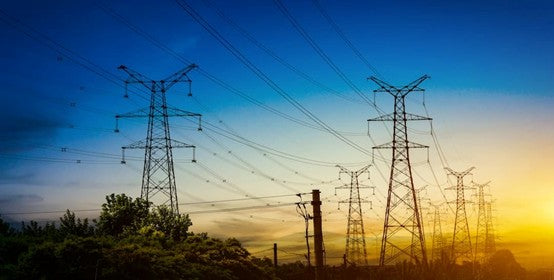
Cherokee Electric Cooperative: Bill Pay, Outage Map, and Customer Service Guide
Cherokee Electric Coop is a local electric cooperative that provides reliable energy services to its members. This article provides important information about this cooperative, such as how to pay your...
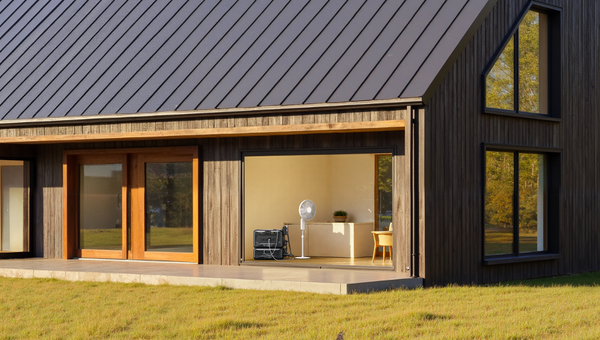
Central Florida Electric Cooperative: Pay Bill | Outage Map | Customer Service | Phone Number
This article will discuss the services offered by Central Florida Electric Cooperative and provide customers with important information about how to pay their bills, check outages maps, get customer service,...
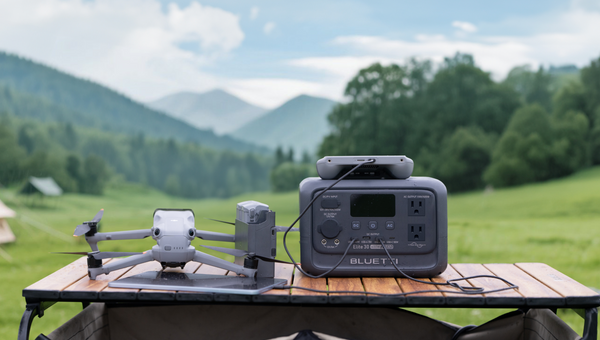
BVU Authority: Pay Bill | Check Outage Map | Customer Service | Phone Number
This article is all about providing readers with vital information about Bvu Authority, one of the leading utilities providers in the United States. We will cover topics such as how...

